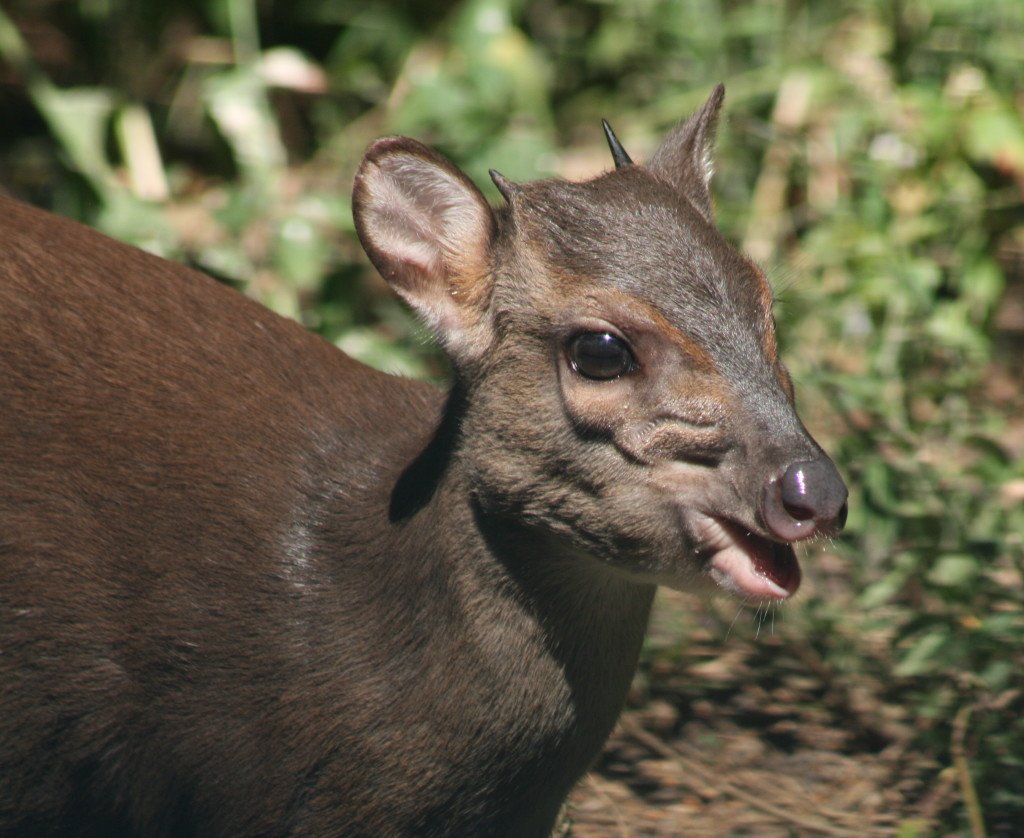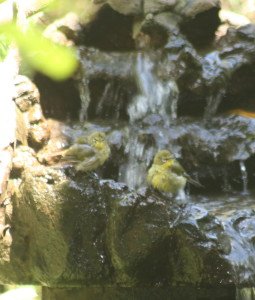Nahoon Estuary Nature Reserve 0
Amidst the suburban bustle of East London, the Nahoon Estuary Nature Reserve is a small oasis in which majestic Crowned Eagles can be spotted side-by-side with the more prosaic Hadeda Ibis.
In fact, when I visited the reserve in Beacon Bay, I was fortunate enough to see a Crowned Eagle, flying majestically low over the coastal forest, although it was seemingly being chased by a Hadeda, which was following right behind it!
Considering that Hadedas are actually amongst the Crowned Eagle’s favourite avian prey, it is way more likely that it was just an illusion of perspective and the Ibis would have been keeping its distance from the powerful raptor.
The favourite prey of the Crowned Eagle is Dassies and Blue Duiker, and there were lots of the little antelope around, easily spotted on the various paths through the forest.
The 77km long Nahoon River is the centrepiece of the reserve and an excellent boardwalk allows one to explore the tidal flats as well as Africa’s southern-most mangrove forest.
The river bank no doubt provides breeding sites for Black Saw-Wing Swallow, and a pair of these summer visitors were sailing above a clearing in the coastal forest, along with Lesser Striped Swallows. Forktailed Drongos stand guard on prominent perches, one of them having a weird double tail moult.
Whitebreasted Cormorant fly over along the estuary, with Tawnyflanked Prinia in bushes on the flats, Spottedbacked Weavers in the reeds and Goliath Heron and Little Egret patrolling the water’s edge.
There are rocky areas as well, while pristine forest is tightly packed on the dunes bordering the river and the Indian Ocean. Trails criss-cross this enticing habitat and a pair of Greenbacked Camaropteras were jumping around next to the path, while Terrestrial Bulbul kept to themselves in the thicker stuff.
Where is the Nahoon Estuary Nature Reserve?
Sightings list
Blue Duiker
Sombre Bulbul
Bronze Mannikin
Whitebreasted Cormorant
Forktailed Drongo
Laughing Dove
Redeyed Dove
Tawnyflanked Prinia
Black Saw-Wing Swallow
Crowned Eagle
Hadeda Ibis
Goliath Heron
Little Egret
Greenbacked Camaroptera
Terrestrial Bulbul
Lesser Striped Swallow
Spottedbacked Weaver
Cape White-Eye


